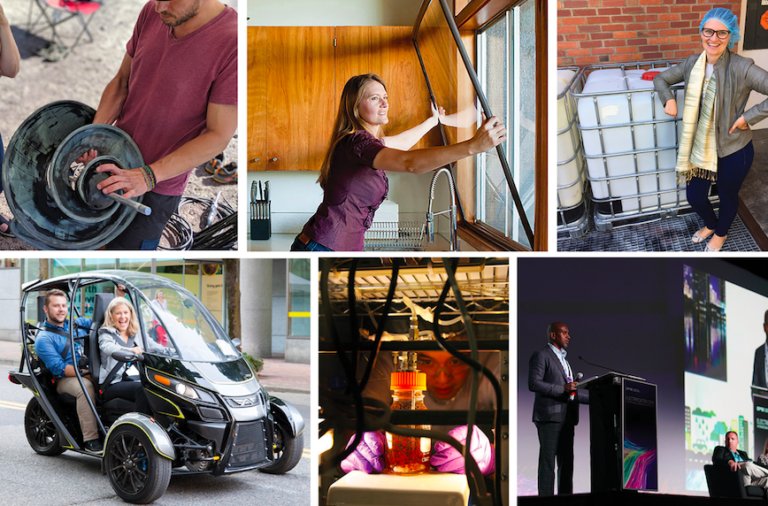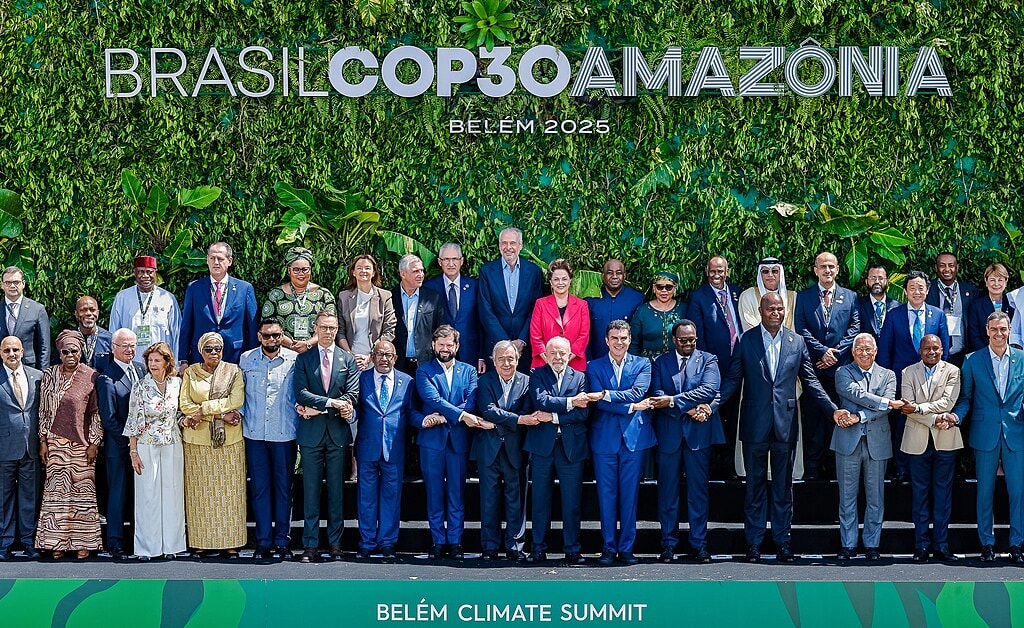Impact investing has become a fast-growing trend over the last few years, which is a good thing. Perspectives differ, however, on exactly what impact investing is. The most commonly accepted definition is that it seeks “positive impact alongside a financial return.” That sounds straightforward enough: investing in work that will improve the world while also seeing a financial return on that investment.
But it’s a bit more complicated than that. In reality, impact investing covers a spectrum that falls between what can be called “impact-only” investing on one end (think, grants, which are given with no expectation of any financial return) and “finance-only” investing on the other end (think traditional investing with the sole objective of making money).

Once on this spectrum, impact investing ranges from “impact-first” investing (primarily concerned with making an impact and willing to accept greater risk or the potential for below-market financial return) to “finance-first” investing (primarily expects market-rate returns but also seeks to make some level of impact in the process).
In order for humanity to solve the climate crisis, we must fuel the development of new technology-based climate solutions, sometimes called “climate tech” (or “cleantech.)” To do this, we need funding from all across this entire impact investing spectrum.
Traditional venture capital (VC) investments in climate tech, which can be considered “finance-first,” have been growing in recent years. According to a recent PwC report, VC investment in clean technologies aimed at slowing the climate crisis increased from $418 million in 2013 to $16.3 billion in 2019.
This uptick in VC funding is great news for companies that have climate technologies that are fairly far along in development. But for startups still in the early stages of developing new climate technologies (which often takes more time and involve a higher risk than software products), obtaining funding can be a challenge because the risk is too great to attract traditional VC investors to engage. For this reason, many of these promising early climate technologies languish on the lab bench due to a lack of early-stage funding.
VertueLab helps accelerate cleantech climate innovations by filling this funding gap, or chokepoint. For years, VertueLab staff have been helping visionary entrepreneurs at climate tech startups through a unique combination of early stage funding coupled with expert holistic business support.

The Power of Impact Investing
So how can humanity get more impact investment capital – sometimes called “catalytic capital” – flowing to these early-stage startups that are working so hard to develop new climate technologies?
Well, there are a couple of fairly straightforward ways to accomplish this that many people might not be aware of. The first is tied to the fact that, currently, less than two percent of all philanthropic giving goes to address the climate crisis head-on, yet that is the biggest humanitarian issue of our time. What if this percentage jumped to 10 percent of the total? Even a minor shift in focus of philanthropic giving would have a significant impact on speeding the development of climate solutions.
The second way is through donor-advised funds, or DAFs, which are a way for donors to make tax-deductible contributions to either the charitable arm of a financial firm (like Fidelity Charity, Vanguard Charitable, Schwab Charitable, etc.) or to a community foundation (like Silicon Valley Community Foundation, Oregon Community Foundation, San Francisco Community Foundations, etc.), and then over time allocate that money to specific environmental nonprofits and charities.
One issue with DAFs, however, is that although the tax benefit to the donor is immediate, the funds often remain unallocated for months and years. To date, approximately $120 billion nationwide is sitting idly in DAF accounts, unallocated and therefore not having any impact. What if these billions were directed at solving the climate crisis? New climate technologies could be fast-tracked toward deployment.

Channeling Catalytic Capital
VertueLab channels impact-oriented catalytic capital to the diverse engineers, scientists, innovators, and entrepreneurs who are fighting on the front lines of the battle against the climate crisis. The VertueLab Climate Impact Fund is on the “impact-first” end of the impact investing spectrum, but with a “finance-first” twist.
RELATED ARTICLES: How Will The Pandemic Impact Positive Peace?| COVID-19 Response in Rural Businesses: How Impact Investors Switched to Remote Work | The Role Of Impact Investing In Combating Climate Change: Ghana’s Example |How To Make Investing In Green Finance Easier? | Ethical Capital, Ethical Investing For The Everyday Consumer
Because the startup companies funded by VertueLab must have the ability to eventually harness conventional capital and customer adoption to reach scale, they have many of the characteristics of a “finance-first” investment. So this fund has an innovative structure that enables individuals, foundations, and corporations to join the fight against the climate crisis using a wide range of catalytic capital – from grants and donations to other types of impact investments. And participation in the fund can be either directly or through a donor-advised fund.
 We all know the climate crisis is upon us and bearing down fast and that we must take immediate and quick action if we are going to stop it. We need all of the innovations that human ingenuity can conjure up. And we need all the catalytic capital we can summon to fuel the work of these dedicated innovators.
We all know the climate crisis is upon us and bearing down fast and that we must take immediate and quick action if we are going to stop it. We need all of the innovations that human ingenuity can conjure up. And we need all the catalytic capital we can summon to fuel the work of these dedicated innovators.
Will you help ensure that more catalytic capital flows to these early-stage startups so they can have a real impact on our future… and the future of our children?
In the cover picture: Entrepreneur workshop. Photo Credit: VertueLab
Editor’s Note: The opinions expressed here by Impakter.com contributors are their own, not those of Impakter.com













